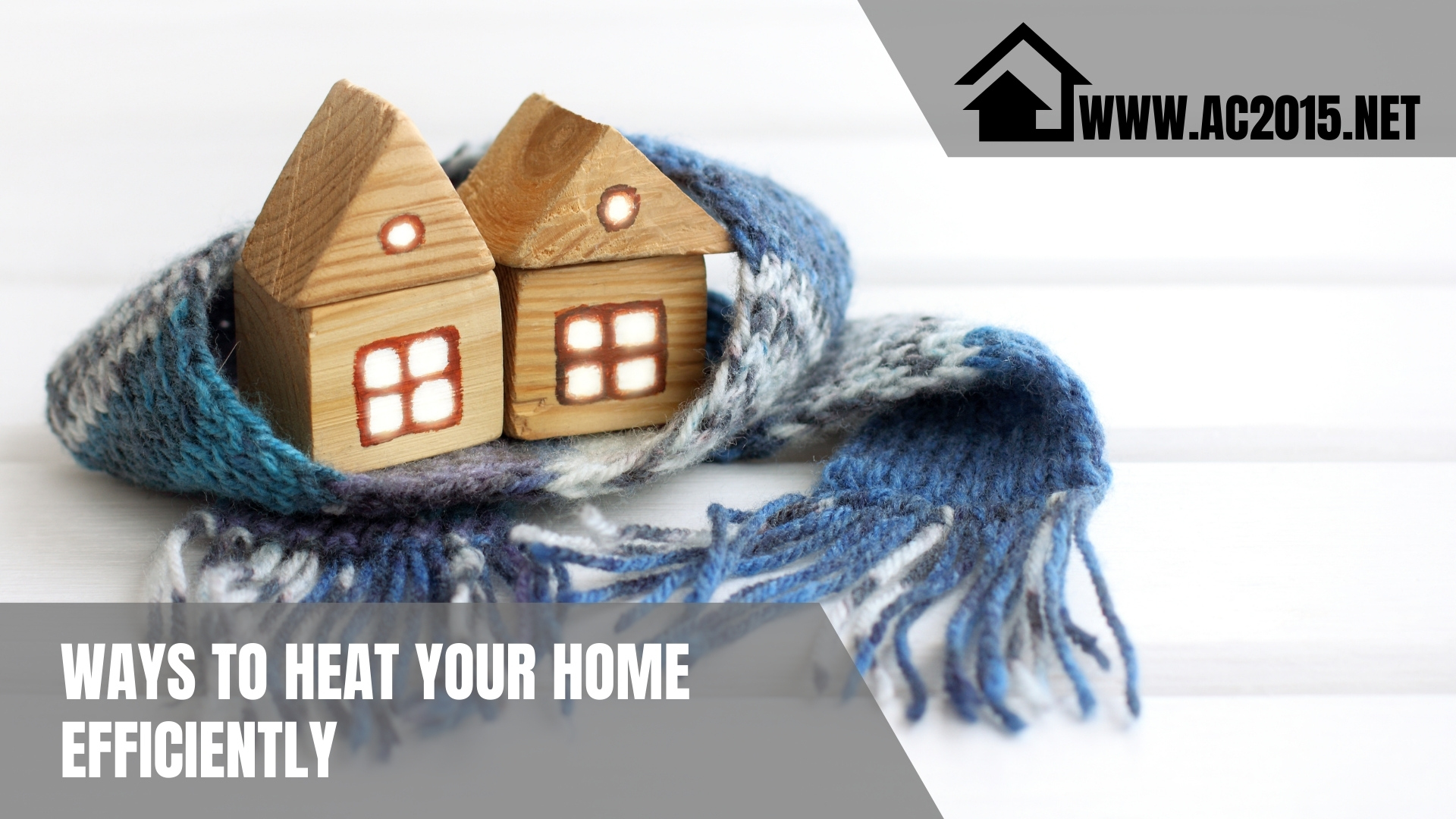According to the U.S. Department of Energy, about half of all energy consumed by the average household comes from heating and cooling. With the need to heat your home for several months out of the year in the Pittsburgh area, finding ways to increase efficiency can help to cut down on energy costs while improving heating performance and home comfort.
1. Maintain your System
One of the simplest ways to achieve more efficient home heating is through regular furnace maintenance, including an annual inspection. One aspect of furnace maintenance involves cleaning the system to get rid of dirt and debris buildup. A dirty system will have to work harder and use more energy to do so. Maintenance also includes replacing your furnace's air filter once every couple of months or as it becomes filled with debris so that airflow isn't restricted.
2. Lower the Temperature
Lowering the temperature on your thermostat can also increase heating efficiency. Programmable thermostats can help you to do this automatically by adjusting the temperature based on when you are home and when you are away for set periods of time. Dropping the temperature by several degrees for an 8-hour period each day, for example, can add up to notable energy savings over the course of a year.
3. Switch to a High-Efficiency System
If you're in the market for a new furnace, high-efficiency systems are a great option. With higher Annual Fuel Utilization Efficiency ratings, energy-efficient furnaces perform better and last longer than older models. If your furnace is ten years old or more, it is likely to operate inefficiently.
4. Seal Air Leaks
A typical home is estimated to lose a significant percentage of conditioned air due to leaks. Look for leaks around ducts, outlets, baseboards, vents, pipes, cable and phone lines, recessed lights, and on the exterior of your home. Air leaks around windows and doors can be sealed with caulking or weatherstripping. Sealing air leaks can improve heating efficiency while making your home more comfortable and the air healthier. Eliminating drafts also contributes to more even heating throughout your home.
Signs that You May Have a Heat Loss Problem
When your home is losing heat, it causes your heater to work harder than it should. Don't let you pay for heat that's continue to escape. Learn what the signs of heat loss are so you can take action and fix them.
High heating bill – Is your heating bill much higher than average? If so, this could be a sign your heat is escaping. It could be escaping through your roof or cracks in the doors or windows. Feel around your home for a cold draft and stop the culprit.
Cold draft – If you get cold sitting next to windows in your home or feel cold air, this means you are losing your warm air. Your warm air is going out the window, allowing cold air to enter. You can fix windows and doors by applying new weather stripping. Consider installing storm windows or applying a plastic covering to your windows. Using a draft stopper or door sweep at the bottom of your door will keep warm air in and cold air out.
Air movement from turned-off registers – A leaky duct can be responsible for cold drafts entering your home from your register. The leaky duct will pull your warm air out and bring cold air into your home. A leaky duct can be fixed by being resealed.
Cold spots – Have you noticed that certain spots in your home are colder than others? Cold air is entering through a gap in your home somewhere. The gap can be located by a simple eye and feel test. Look for cracks in the space where the wall is connected to the floor on the outside of your home. Exterior cracks can be fixed with caulking. Electrical outlets can also be the source. To stop the cold draft from entering through your electrical outlets, install a foam panel (which acts as installation) underneath your outlet cover.
Ice damming or icicles – If your home has a lot of icicles hanging off of your roof or gutters, this is a sign that your heat is escaping through your roof. Heat rises and slips through any crack to cooler air. The escaped heat heats the roof, causing the snow on top to melt. The melted snow gathers and cools in gutters, and the bottom edge of the roof or roof eves and turns into ice. This means your attic might not be properly insulated. The proper insulation will keep your heat from escaping.
If you find none of these problems apply to your home, the problem could be with your heating system. Remember, your heater needs a tune-up one time per year. For any problems with your HVAC system, call us!
